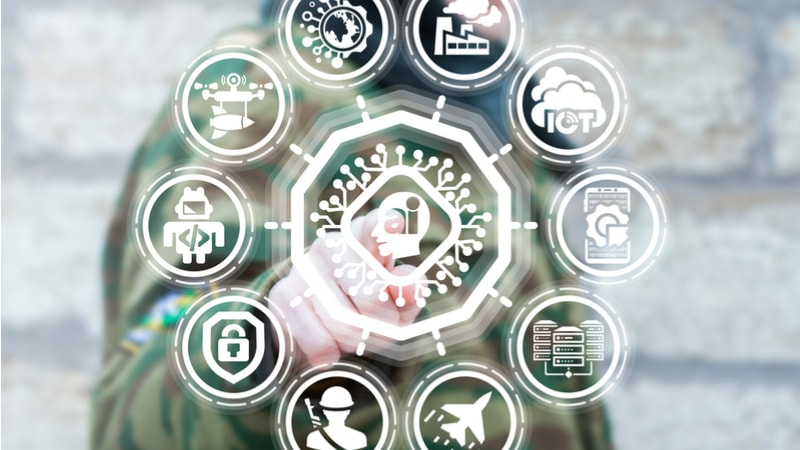
On the 21st century battlefield information is a warfighting imperative, and the U.S. military needs to enable the right tools and solutions that deliver consumable and ready-to-use data to warfighters, top military and defense leaders said on Feb. 14 at the WEST 2024 conference – co-sponsored by AFCEA International and the U.S. Naval Institute – in San Diego, Calif.
Speaking as part of a panel discussion, Naval and defense leaders keyed on the need for the military to leverage available technologies and tools to support the forces across disparate environments to maximize results.
Lt. Gen. Robert Skinner, director of the Defense Information Systems Agency (DISA), explained that the job for warfighters may seem like a simple concept — “see, understand, decide, act.”
However, that job requires the right technologies and solutions in place to be done effectively, he said.
“It’s a very simple concept. But it requires technology to help. Do we have the right sensors in the right places? And it doesn’t matter which domain that you’re talking about – is the right information being collected to then enable decision-makers’ calculus? Does it give them the right information to decide what the best course of action is?” Skinner explained.
He emphasized that the military needs technology that allows complex problems to be solved through simple processes, and he called on industry partners to offer insights into how the military can quickly provide warfighters with “clean data” to gain an advantage in information warfare.
“I would offer that the organization or the person or the team that does that the fastest” is the one that’s going to achieve that advantage, Skinner said.
Jane Rathbun, chief information officer for the Department of the Navy, echoed Skinners’ comments and said that information provided to warfighters must be readily consumable.
Rathbun laid out several key areas she is focusing on to get consumable information into the hands of warfighters. The first is prioritizing data maneuverability, which will enable the Navy to gain maritime-related decision advantage.
Another priority area for Rathbun is transforming the authority to operate (ATO) process —where officials authorize software, tools, services, or applications to connect securely to the network. Rathbun wants a daily ATO process instead of the current months or years-long process.
Jennifer Edgin, assistant deputy chief of naval operations for information warfare at the Office of the Chief of Naval Operations, explained that because information is a warfighting imperative, the military needs to focus on enabling key tools and technologies. That poses a challenge — especially for the Navy, she explained.
“The ‘buy and replace’ model, we are good at that; [we are] really good at identifying technology,” she stated. “But that’s not the space that we need to operate in moving forward. The space that we need to operate in moving forward is a ‘buy and sustain’ model. And that’s not just a statement about cybersecurity patches. That’s embodying the Defense Innovation Board’s notion that ‘software is never done.’”
Edgin highlighted the Navy’s inaugural Blueprint for a Modern Enterprise Information Ecosystem plan as a step in the right direction. The plan, according to the Navy, will deliver and sustain secure, resilient, survivable, integrated, and interoperable mission performance throughout the lifecycle of information systems.
Lt. Gen. Matthew Glavy, the deputy commandant for information of the U.S. Marine Corps (USMC), highlighted that while information is a warfighting imperative for the military – and officially recognized as the seventh warfighting function – it’s still not widespread knowledge, especially to Marines.
“That understanding needs to change, given the importance of information overmatch,” he said. “The United States has to win in the digital arena [because] the nations that win the information overmatch will prevail.”
